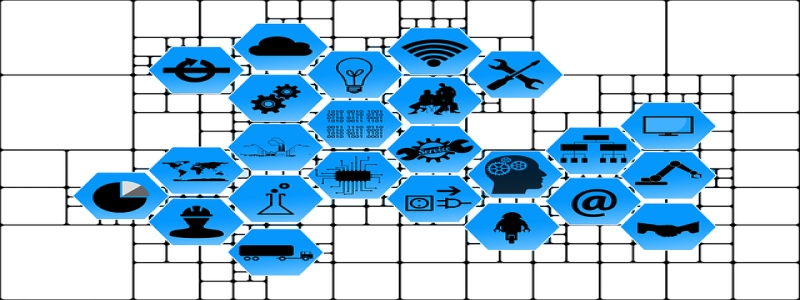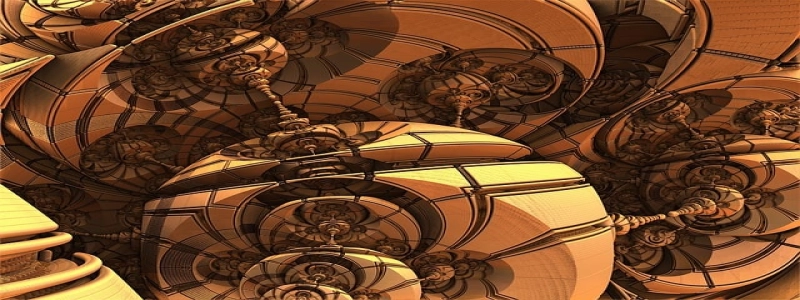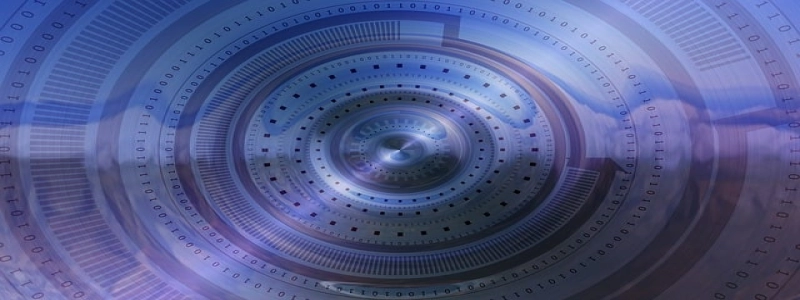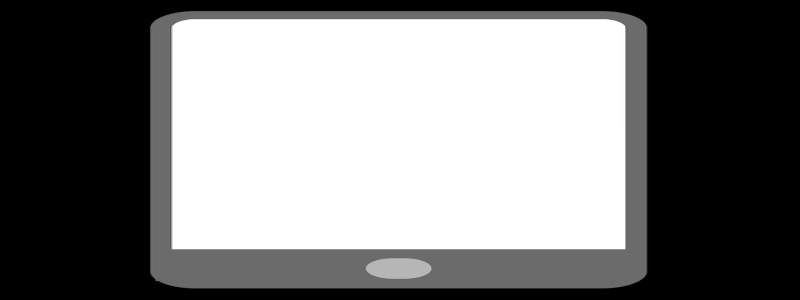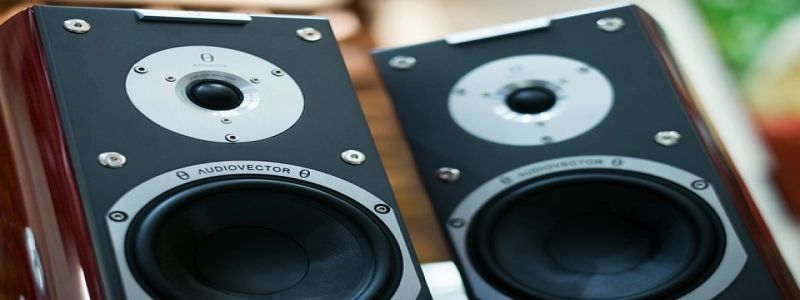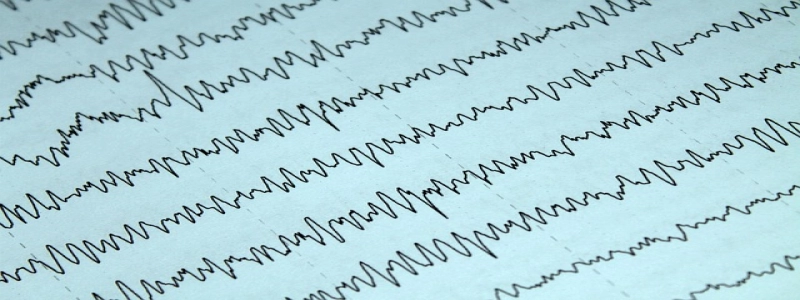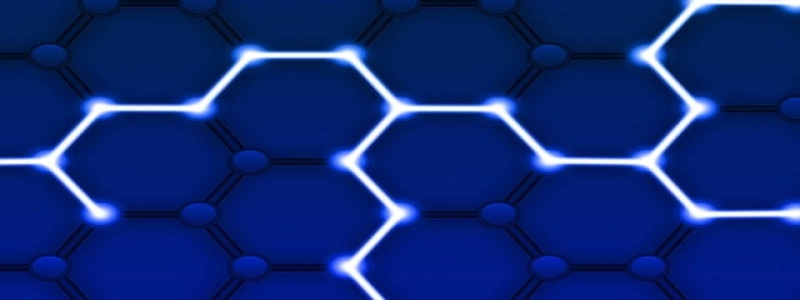Ethernet/IP Packet Structure
EU. Introdução
A. Definition of Ethernet/IP
B. Importance of understanding Ethernet/IP packet structure
II. Ethernet/IP Protocol Stack
A. Ethernet Layer
1. Definition and purpose
2. MAC addresses and framing
B. Internet Layer
1. Definition and purpose
2. IP addresses and routing
C. Transport Layer
1. Definition and purpose
2. TCP and UDP protocols
III. Ethernet/IP Packet Structure
A. Ethernet Frame
1. Preamble
2. Destination MAC Address
3. Source MAC Address
4. EtherType
B. IP Packet
1. Version
2. Header Length
3. Type of Service
4. Total Length
5. IP addresses
6. TTL (Time to Live)
7. Protocol (TCP/UDP)
C. TCP/UDP Segment
1. Source and Destination Port Numbers
2. Sequence and Acknowledgment Numbers
3. Flags (SYN, ACK, FIN, etc.)
4. Data
4. Importance of Each Field
A. MAC Addresses for communication between network devices
B. IP addresses for logical addressing and routing
C. TCP/UDP ports for identifying specific applications
D. Flags for control and error handling
V. Conclusão
A. Importance of understanding the Ethernet/IP packet structure
B. Implications for network administrators and developers
C. Continued relevance of Ethernet/IP in modern networks
